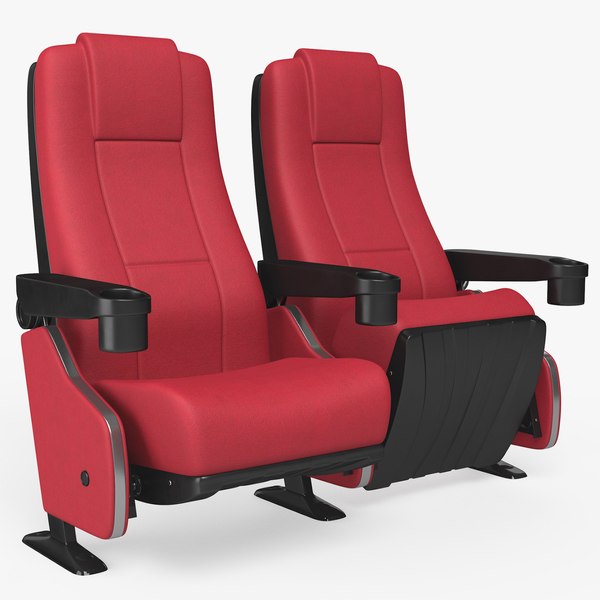Transform Your Dull Blades into Razor-Sharp Tools with the Ultimate Lawn Mower Blade Sharpener
Mower blades are a vital lawn maintenance tool, however choosing the wrong blades can damage your mower and cause health hazards. This guide will help you find the best mower blades to use on your lawn.

Standard blades are designed to cut through grass fast and delivering the grass to be bagged. They also can mulch effectively.
They Cut Grass
Regular blades are easy to operate and cut grass into tiny pieces. The grass fragments are put back into the soil, which will then fertilize the soil. They are also less susceptible to dust accumulation over other blades.
The blades with low lift are best for sand as they need the least power. This blade type doesn’t blow dust out into the air, so it will last longer.
These blades are driven by suction more than other blades. They can process the grass clippings to smaller pieces that can then be discharged or bagged. These blades are great for lawn care services that have customers who have different requirements regarding the disposal of grass clippings. The flexibility of these blades is a benefit, but they are not as long-lasting as carbide or steel blades. The blades could require more care, like cleaning, balancing and sharpening.
It’s Mulch
The blade on a regular lawnmower creates a powerful grass mower blades sharpeners vacuum over the ground, allowing grass to be cut with precision. However, that suction also soaks up dust and circulates it around the deck, which can result in an excessive wear and tear on the mower.
High lift blades on the contrary, suck up grass, propelling it forward so that it can be easily discharged into an incline discharge chute or bag. These blades are typically curved and have additional cutting surfaces along the edges to help in mulching.
The best results can be obtained when you select the correct blade for your lawnmower. To make sure you’re purchasing the correct type of blade, check it for a part number or product code that matches up with the parts list of your unit that is in the user manual. Make sure that the pattern of the hole in the center on the new blade matches exactly with the one that came with your machine. Once you’re satisfied that the blade fits properly then attach it with the washer and nut included.
They Lift Grass
The longer edges of high lift blades essentially scoop up a pocket of air whenever the mower is in motion. The air cushion is created which reduces friction and cuts and gives a more consistent cut. Additionally, it sucks up clippings and propels them forward into the side discharge chute or grass bag for quick disposal.
They are ideal to cut grasses with dense growth which can become clumpy. They are great for wet or dry lawns. However, they might not be as efficient when you’re mowing on dirt or sandy terrain as they tend to catch and scatter dirt and stones up into the air.
Make sure you follow the appropriate safety precautions to change your lawnmower blade. It is necessary to park your mower on a level surface. take off the key from the ignition and raise the deck of your mower to reach the blade. The bolts that hold the blade can be unscrewed and a new blade installed.
They discharge grass
High-lift blades have large edges which create an air pocket when they go through the lawn. This decreases friction and increases resistance. The suction created by the blades lifts up the grass clippings, propelling them into the side discharge chute to allow for easy disposal.
Low-lift blades are better suited to sandy soils since they’re not able to generate enough suction to lift grass. They’re also more prone to damage from rocks and other particles that get into the mower when cutting.
All-purpose or 2-in-1 standard blades are frequently found on regular lawn mowers, and those that have rear bagging attachments. They have a slight curve at the edges that reduces clumping, and helps to better distribute grass clippings over your lawn. But, they only have moderate air circulation, which could cause a strain on your engine and lessen your control over clipping distribution.
